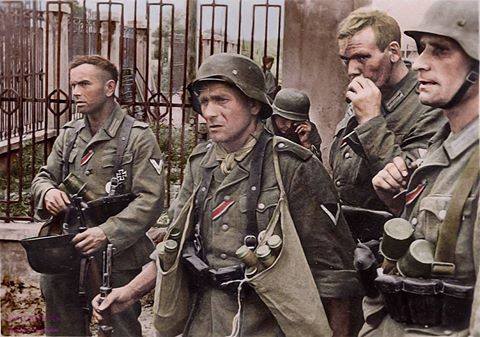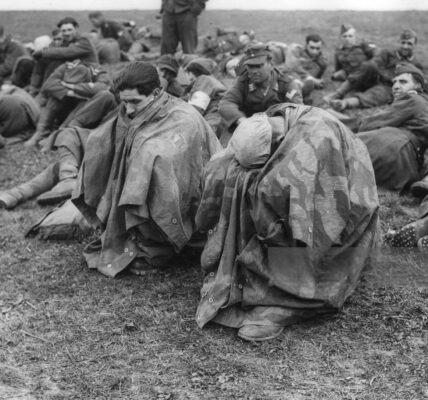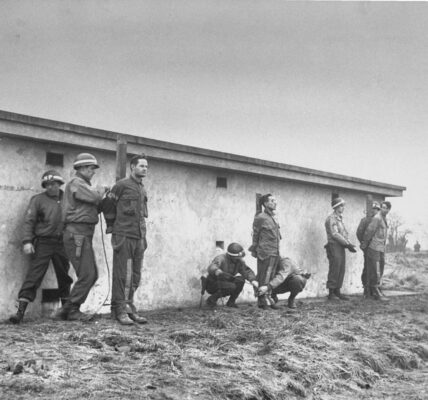
In the summer of 1942, in the midst of its advance into the Caucasus, the German Wehrmacht’s 17th Army entered the strategically important city of Rostov-on-Don . After fierce street fighting, the exhausted soldiers were resting—a brief moment of respite in the midst of a relentless campaign.
The capture of Rostov was part of the southern offensive, which was launched after the successful conclusion of the Battle of Kiev in September 1941. Army Group South had already captured important cities such as Kharkov (now Kharkiv). The 11th Army
invaded the Crimea and conquered the entire peninsula in the autumn of 1941.
The 17th Army , whose soldiers can be seen in this photo, marched through Poltava toward Voroshilovgrad (now Luhansk) and was ultimately intended to capture Rostov-on-Don—the “gateway to the Caucasus.” The advance served as preparation for Operation Blue , the German summer offensive designed to secure access to the Caucasus oil fields.
Despite their tactical success in Rostov, the campaign remained without lasting control over the region in the long run. Fierce Soviet resistance and enormous logistical challenges soon led to a change in strategy and paved the way for subsequent defeats—particularly at Stalingrad.
The image of these resting soldiers therefore not only tells of a moment after the battle, but symbolizes the tension and exhaustion of a war whose dynamics were just changing fundamentally.




